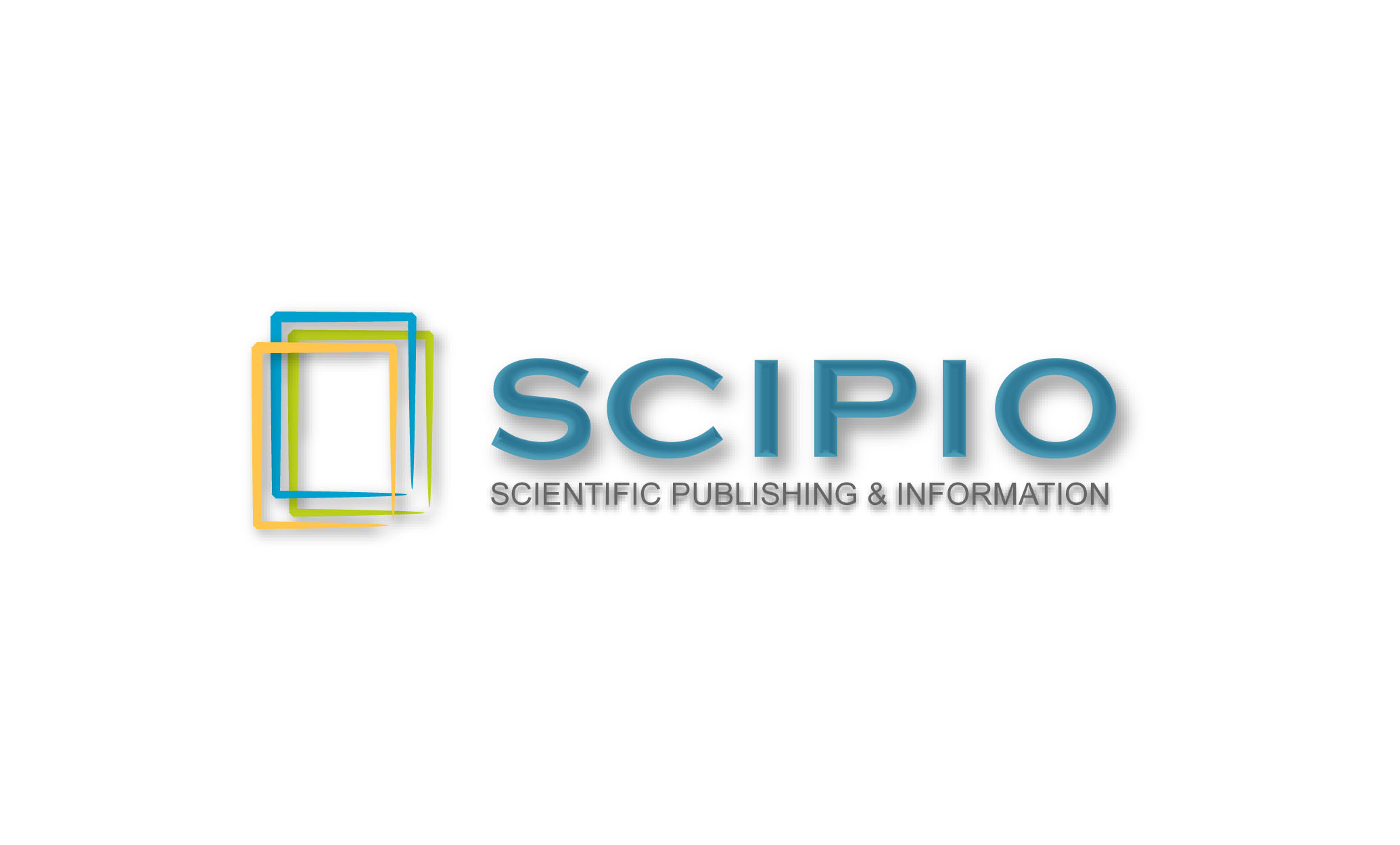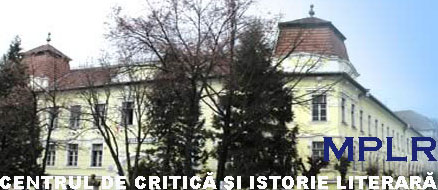|
|
||||||||||||||||||
 |
||||||||||||||||||
 |
||||||||||||||||||
 |
||||||||||||||||||
 |
||||||||||||||||||
 |
||||||||||||||||||
|
Instructions for authors: Studia Universitatis Petru Maior". Philologia welcomes contributions from Romanian and foreign authors, as long as they are relevant for the interest areas of the journal (Romanian, British, American, French, Italian Literature and Linguistics; Compared Literature; Cultural Studies). The articles should be written in either English, French, Italian or Romanian and sent in electronic format to the executive-editor, Prof. Iulian Boldea, PhD. They will go through a process of assessment and peer-review as described in a separate section of the website (Reviewing). All the materials should be in Word 2007/2010 format (doc or docx), using the Times New Roman 12, justified, character set and including a consistent bibliography (with references and sources), as well as a short abstract written in English or French and 5 key-words. Titles: should be synthetic and precise (in order to facilitate indexation) and clearly focused on the content of the article. They will be written in Times New Roman 14, bold, centered. Abbreviated title: should accompany the full title of the article, consisting in no more than 50 characters (including spaces). Abstract: no more than 250 words, resuming the most important approach methods, as well as the conclusions of the article, in correlation with the major known results from the field of research. Bibliographic references and specific abbreviations (especially in the field of Linguistics) should be reduced to a minimum in the abstract. In the case of inevitable bibliographic titles, these should be given in full form. Key-words: 5 key-words should accompany the article, expressing essential terms and syntagms relevant to the content, type of approach and conclusions of the paper. The preciseness of these terms is also important for a further correct indexation of the article. Illustrations, formulas, diagrams: these graphic elements should be of high quality (high image resolution). Any form of handwriting is excluded. All graphics should be numbered in consecution and quoted throughout the text. The accepted electronic formats are: jpg, gif, eps, pdf. References: should be listed alphabetically at the end of the article (no footnotes should be used). These should consist in editions of works, articles published in periodicals, research volumes, reference volumes, etc. Bibliography: the bibliography of the article should fully reflect the works quoted in the references and should also include other relevant contributions consulted during the research and ellaboration, assuming that their relevance to the subject and demonstration is undoubtable. |
| [Welcome to Studia] [Studia.Philologia EN] [Authors] [Reviewing] [ISSUES] [Editorial Board] [Indexation] [Events] [Contact] [Studia.Philologia ROM] |